Always wondered what a black lion tamarin sounds like? Wonder no more!
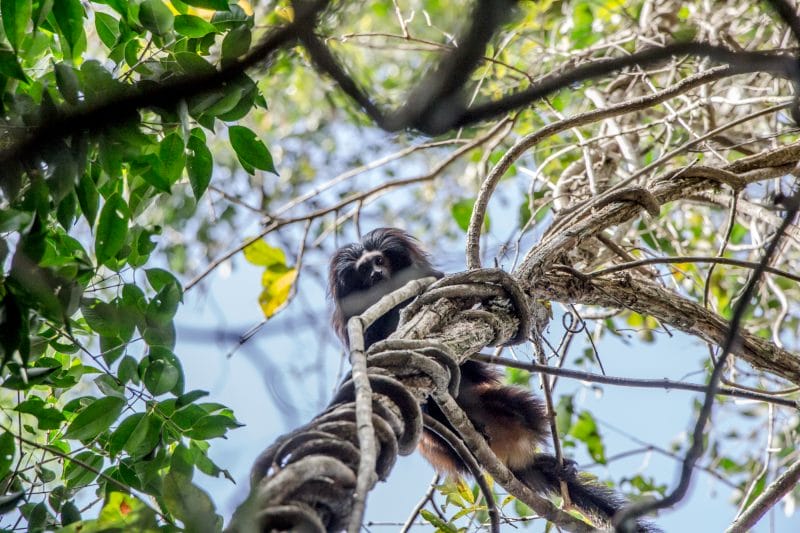
This clip and thousands more hours of forest sounds have been collected in our Pontal restoration areas, as well as in neighbouring forests and farmland, as part of our collaboration with Rainforest Connection.
Stripes tell the story
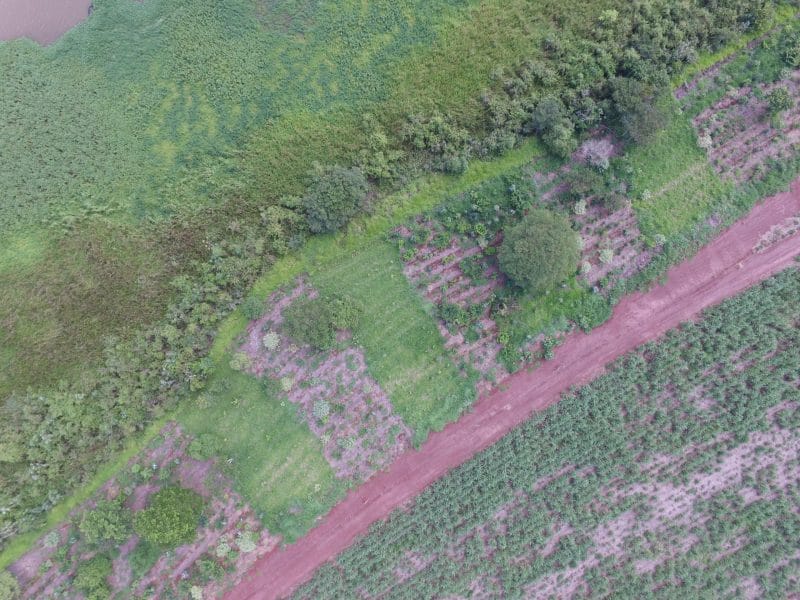
This overhead photo, taken at the beginning of this year, clearly shows the results of our different experimental approaches in Tietê Forests.
How exactly can producing organic coffee slow down deforestation?
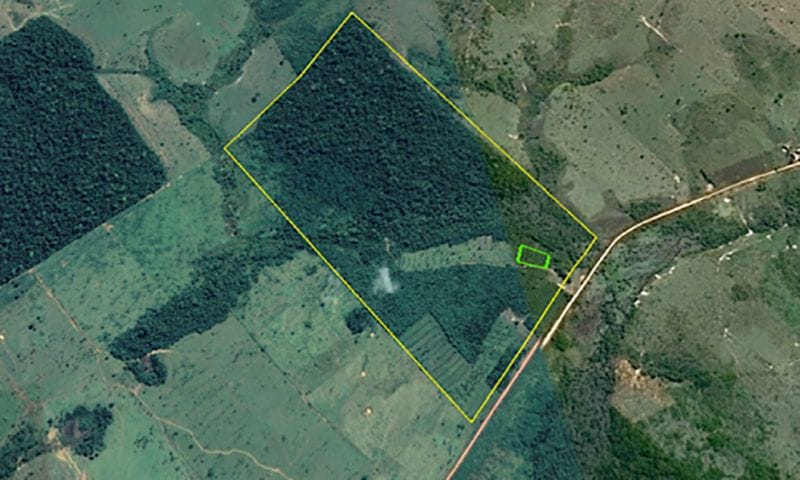
This graphic says it all. The yellow line shows the boundary of Elpidio and Dagmar’s farm, which has a large fragment of forest still remaining.
Ethiopia, Zambia, Malawi and Brussels get together to share solutions to common challenges

As for most organisations, COVID-19 has meant that we haven’t had many chances to get together with our colleagues at WeForest lately. In May, all that changed!
New research on ground-level ozone
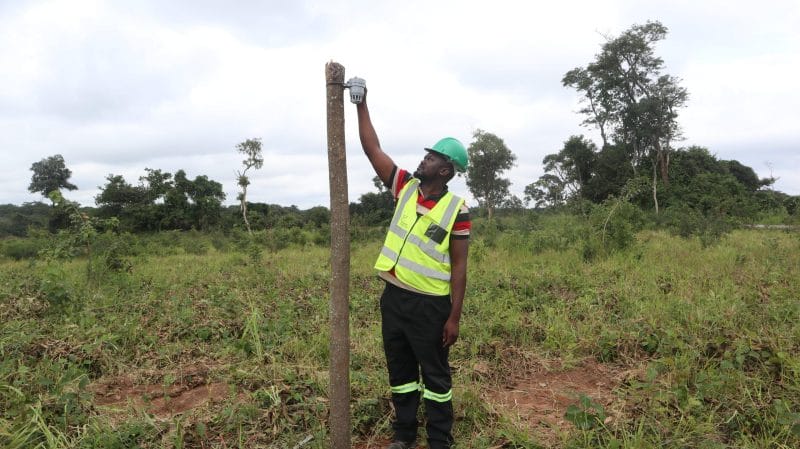
At higher levels of Earth’s atmosphere, ozone performs a protective role against harmful UV radiation from the sun. But did you know that increased concentrations of ozone at lower levels of the atmosphere act as a pollutant, posing a threat to human and animal health and plant growth, and contributing to climate change?
The challenges of growing Mulanje cedar

This drone video shows a mature Mulanje cedar, Malawi’s national tree, which is listed as Critically Endangered on the IUCN Red List of Threatened Species.
WeForest wins Mother Teresa Memorial Award for Social Justice 2021

WeForest is honoured to have been awarded a 2021 Mother Teresa Memorial Award for Social Justice.
How does forest restoration reduce soil erosion?
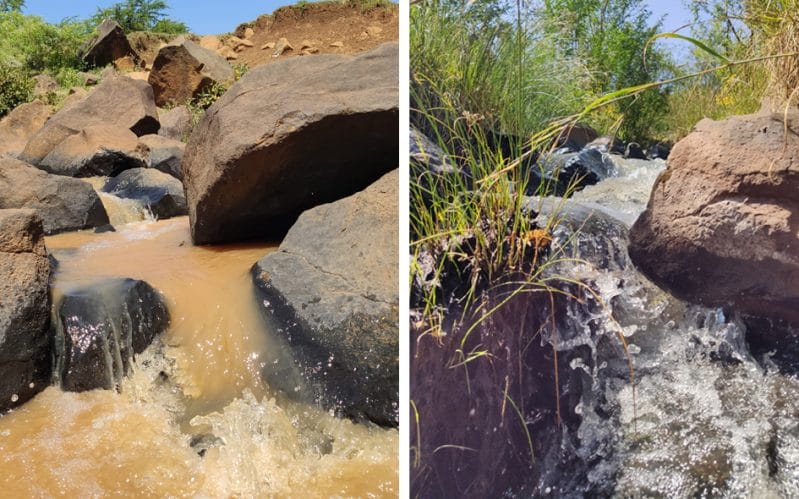
Some good news for #WorldSoilDay! This is the same stream before and after passing through one of our restoration sites in Amhara, Ethiopia.
Resilience workshop will provide pointers for restoration success
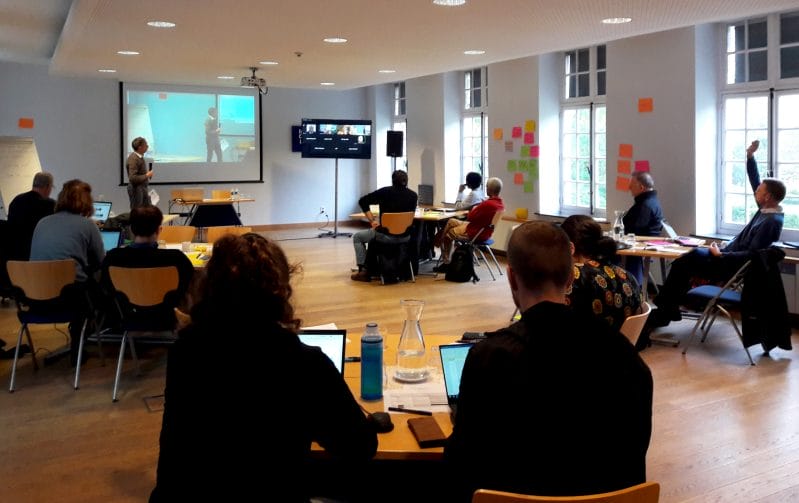
What happens when a forest suffers so much deforestation or degradation – or suffers so many extreme climate events – that it is no longer a forest?
How does forest restoration alleviate poverty?
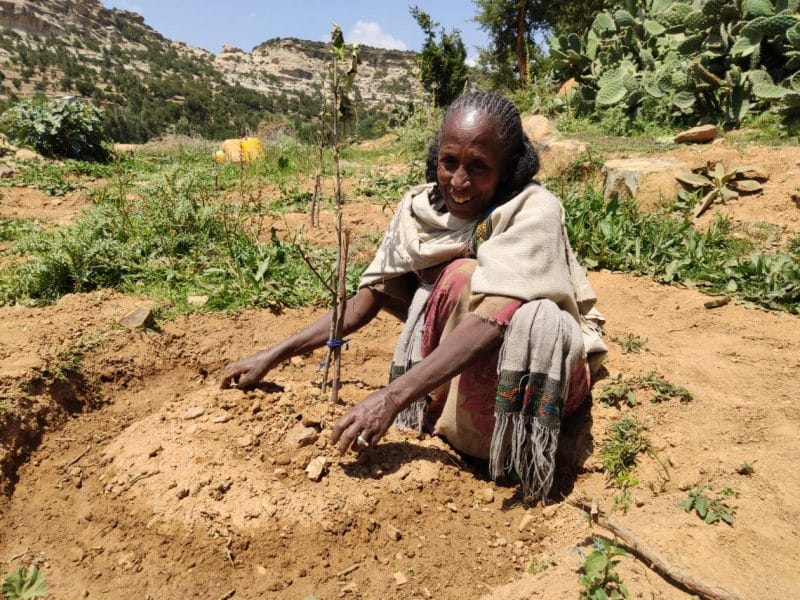
Before COVID-19, 1.3 billion people were already living in ‘multidimensional and persistent poverty’. As a result of the pandemic, another 150 million or more are set to join them, according to the UN.




